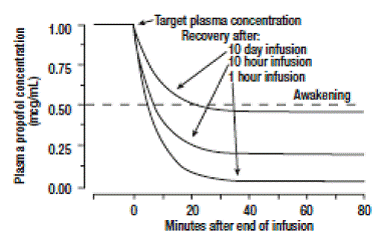- Joined
- Jan 28, 2007
- Messages
- 37
- Reaction score
- 4
Has anyone ever heard of this technique? One of my co-residents is trying this out, and I saw a couple of CRNAs trying this on general cases. I stalked the EMR to see when exactly they deployed and then stopped the propofol infusion but I can't remember now off the top of my head.
What is everyone's thoughts on this?
What is everyone's thoughts on this?

